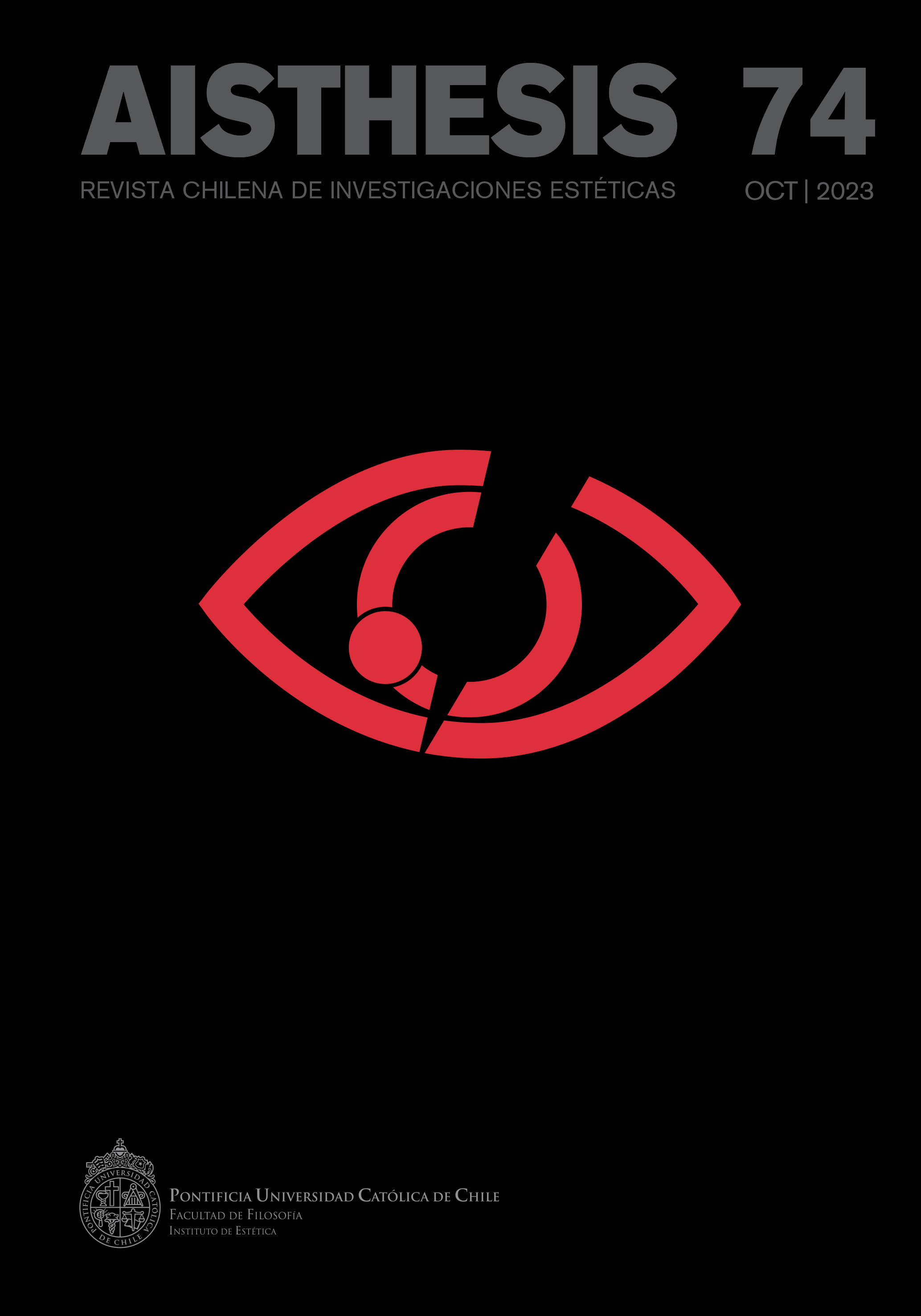Stasis Artifact
Main Article Content
Abstract
With the figure of the stasis artifact, I would like to study the political design that unfolds during the Unidad Popular in Chile in relation to its objects of projection. In particular, I will focus on the documentary work carried out by Angélica Vázquez in the documentary Crónica del salitre (1971); Marilú Mallet in the documentary Amuhuelai-mi (1972); and Valeria Sarmiento with the documentary Un sueño como de colores (1972). These documentaries record the ways in which the Unidad Popular's politics is organized around socialist production, their gaze is one of militancy and complicity with the transformation process that is taking place. However, at the same time, these documentaries interrupt the very figuration of “labor” by the images themselves. In other words, they interrupt the idea of “production”. This interruption of the image by the image is what could be called a stasis artifact.
Downloads
Article Details

This work is licensed under a Creative Commons Attribution-NonCommercial-ShareAlike 4.0 International License.
All contents of this electronic edition are distributed under the Creative Commons license of "Attribución-shareAlike 4.0 Internacional" (CC-BY-SA). Any total or partial reproduction of the material must mention its origin.
The rights of academic works published in this publication belong to their authors., who grant to AISTHESIS: Revista Chilena de Investigaciones Estéticas the license for its use. The management of the permits and the authorization of the publication of the images (or of any material) that contains copyright and its consequent rights of reproduction in this publication is the sole responsibility of the authors of the articles
References
Referencias
Bodei, Remo. La vida de las cosas. Amorrortu, 2015.
Deleuze, Gilles. «¿Qué es un dispositivo?». Michel Foucault, filósofo. VV. AA. Gedisa, 1990.
Déotte, Jean-Louis. La época de los aparatos. Metales Pesados, 2012.
Esteves, Antonella. ¿Por qué filmamos lo que filmamos? La Pollera, 2020.
Foster, Harold. Diseño y delito. Akal, 2002.
Groys, Boris. Volverse público. Las transformaciones del arte en el ágora contemporánea. Caja Negra, 2014.
––. Devenir obra de arte. Caja Negra, 2023.
Jonas, Hans. «Homo pictor: la libertad de la imagen». El principio de la vida. Trotta, 2000, pp. 217-245.
Kirkwood, Julieta. Ser política en Chile. Los nudos de la sabiduría feminista. Cuarto Propio, 1990.
Loraux, Nicole. La ciudad dividida. Katz Editores, 2008.
––. «La guerre dans la famille». La Grèce hors d’elle et autres textes. Éditions Klincksieck, 2021.
Mistral, Gabriela. Recados completos. La Pollera, 2023.
Parra, Nicanor. Artefactos. Editorial Universitaria, 1972.
Pasolini, Pier Paolo. Poesía en forma de rosa. Visor, 2005.
Ponge, Francis. Antología. Traducción y notas de Waldo Rojas. LAR Ediciones, 1991.
Santa Cruz, Eduardo. La máquina de las multitudes. Ilusión y cine en Chile, 1900-1950. Palinodia, 2022.
Vázquez, Angelina. «Antes del golpe: primeros pasos en el cine». Nomadías. El cine de Marilú Mallet, Valeria Sarmiento y Angelina Vázquez. Editado por Elizabeth Ramírez Soto y Catalina Donoso Pinto. Metales Pesados, 2016.
